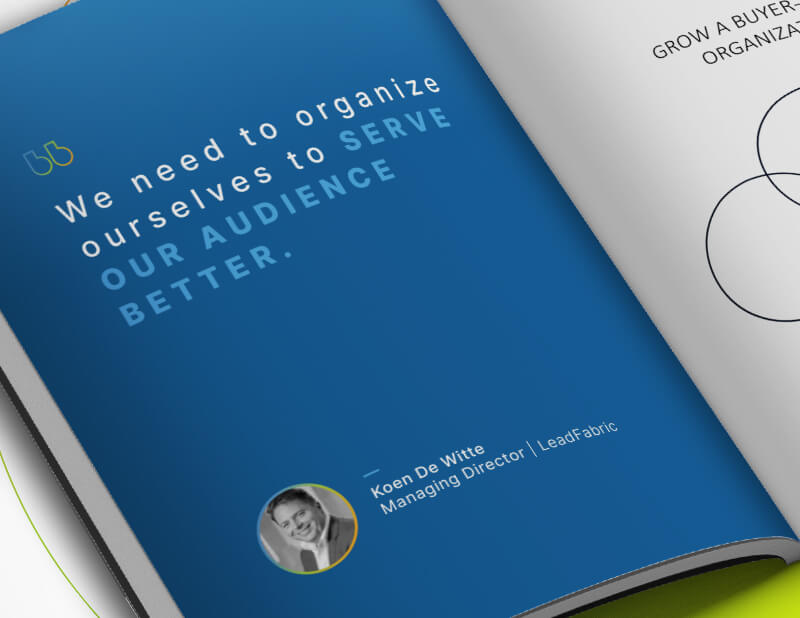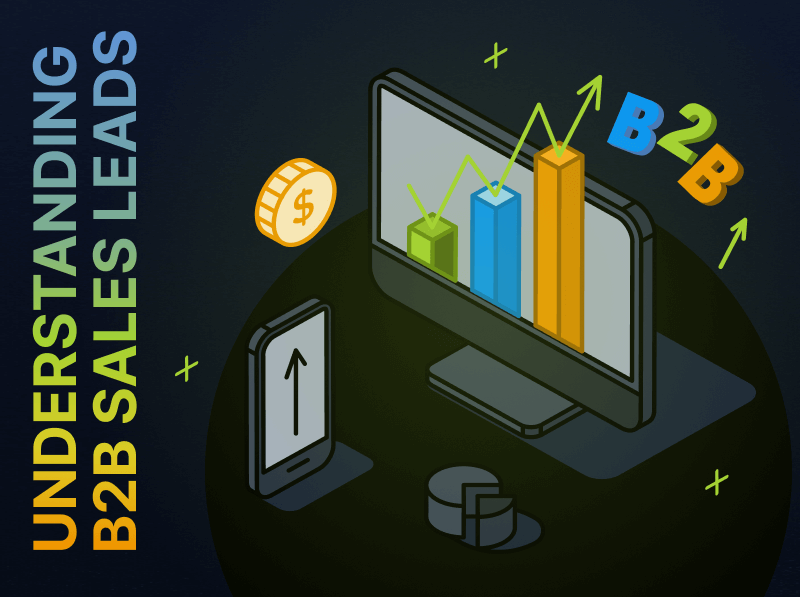Chapter 7: How to Build a Buyer-Driven Marketing Organization Structure
Our new book, “Precision Demand Marketing: Achieving the Promise of Predictable Pipeline,” describes a powerful new marketing strategy for today’s buyer-centric world. Our previous blog posts on the topic covered:
- How marketing today borrows from the past
- The importance of laser-focused targeting
- How to activate buyers when they have all the control
- Connecting with buyers wherever they are in their journeys
- How to become a measurement-led organization
- Where governance fits into the picture
In today’s B2B marketing organizations, marketers have worked hard to deliver on new channels through new tech. But too many have put execution at the center of their operations, measuring success by the number of tactics—campaigns, leads, and emails—that they’ve completed.
However, what a growing number of companies have discovered is this: True transformation is impossible without restructuring the organization to serve today’s digitally savvy, independent buyers.
Say Goodbye to the Old-School Sales Cycle
As B2B buyers behave more like consumers, the traditional sales cycle is becoming a thing of the past. Markers are focusing instead on buyers. The reason why is clear. B2B buyers now chart their own paths to purchase, performing research in the channels they choose when they choose to visit them. Old-school “sales cycle” marketing isn’t effective anymore, given that buyers now average 27 touches in their purchase journeys.
Modern Marketing Org Structures Need to Start Thinking Like B2C Now
Despite the obvious shift in buyer behavior, B2B companies lag behind B2C companies when it comes to delivering the digital experiences today’s buyers prefer.
Not long ago, McKinsey created a Digital Quotient® (DQ) score to measure an organization’s performance across four key dimensions of digital maturity:
- Strategy
- Culture
- Organization (structures, processes, and talent)
- Capabilities.
The top 50 B2B companies’ average DQ score was 28 compared to 35 for B2C.
These result were similar to those of “The Future of Marketing Work” study we conducted with Heinz Marketing. More than 56% of respondents said they were not confident their marketing strategy, tech, and team structure effectively supports their marketing goals. Even highly effective teams believe they have room to grow. Only 28% identified their current marketing org structure as optimized.
The benefit of getting this right couldn’t be more obvious. McKinsey found that, compared to other organizations, top digital B2B companies have:
- Five times greater revenue growth
- Eight times greater operating profits
- Two times greater return to shareholders
Rethink the Way You Work, Together
Traditionally, sales reps could get time with prospects in-person in the office to perform live demos, provide proof of concept, and answer questions. Today, you must figure out how to convert those face-to-face meetings into equally engaging experiences in the virtual world.
That requires an all hands on deck approach that spans across marketing, sales, and customer success.
You cannot drive a precise and engaging buyer experience in an organization of silos. There’s no putting the buyer first if your tech stacks and employees can’t even talk to each other.
Restructuring your marketing and organization won’t be easy. But the timing couldn’t be better, and the effort will be worth it.
Your buyers already think and act differently. It’s time to focus your marketing organization structure with a Precision Demand Marketing (PDM) approach that meets them where they are. Here’s what that looks like:
- Buyers are at the center of all strategies
- There are no silos or barriers between teams and channels
- All roles on each team collaborate
- Sales, marketing, customer success, and other teams work together to serve buyers along the path to purchase
As Koen de Witte, Managing Director at LeadFabric, says, “We need to organize ourselves to serve our audiences better. We need to align marketing and sales better. But also, within marketing, content creation, campaign activity, etc., all must be aligned.”
A More Precise Approach with Precision Demand Marketing
To shift to a precision mindset and implement a PDM approach, switch from goal-based activities to revenue-based objectives. When you do, executives will start treating marketing as a revenue contributor and not just an expense line in the budget.
Making that change takes time. And you have to lead and teach employees and management about the value of the switch.
For some, that may require a change in tone and perspective. For example, let’s say you want to show email marketers how their work helped guide the buyer to a purchase and contribute to the bottom line.
This can include subtle changes in the way we measure and talk about our results. For example:
Don’t say this:
- “We sent 10,000 emails and got a two percent click-through rate”
Say this:
- “We reached out to 10,000 people, of which 200 people clicked to our product page; of that group, ten people made purchases totaling $10,000”
Set a Course to the Future of Marketing
As the PDM structure becomes part of your marketing organization, the internal conversations will no longer be about campaigns, which Industry Thought Leader and Market Advisor, Scott Vaughan refers to as “death by a thousand cuts.” They’ll be about programs, as stakeholders look at go-to-market messages, channels, and everything related to them.
PDM will bring internal groups together with a common mission and objective. Rather than looking at channels first, you’ll look at markets, accounts, and buying committees. You’ll find reward systems go beyond campaign performance to recognize outcomes around account engagement, buyer conversion to pipeline, and other cross-channel outcomes.
All this can’t, and probably shouldn’t, happen overnight. The important thing is to keep moving toward an approach that focuses on delivering the right messages to the right buyers at the right time. That’s the key to marketing with precision and to present and future success.









